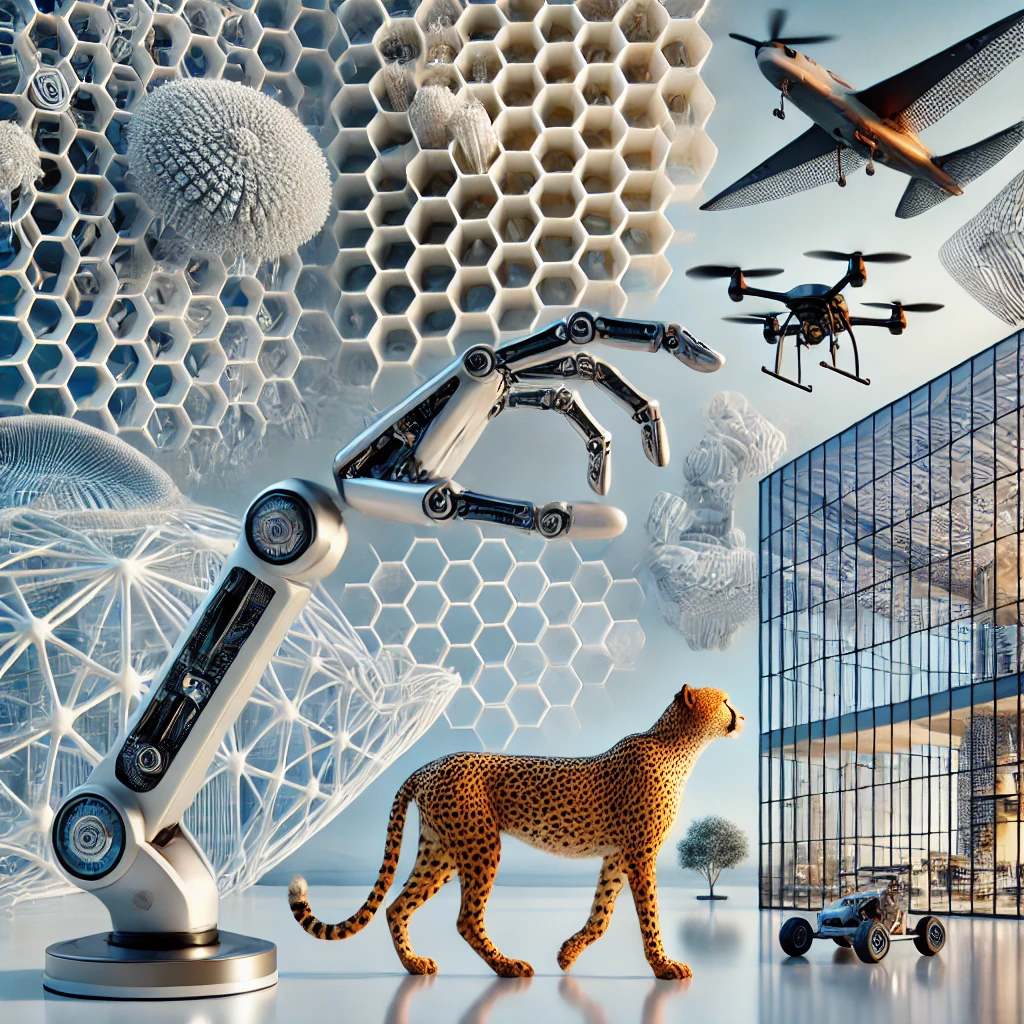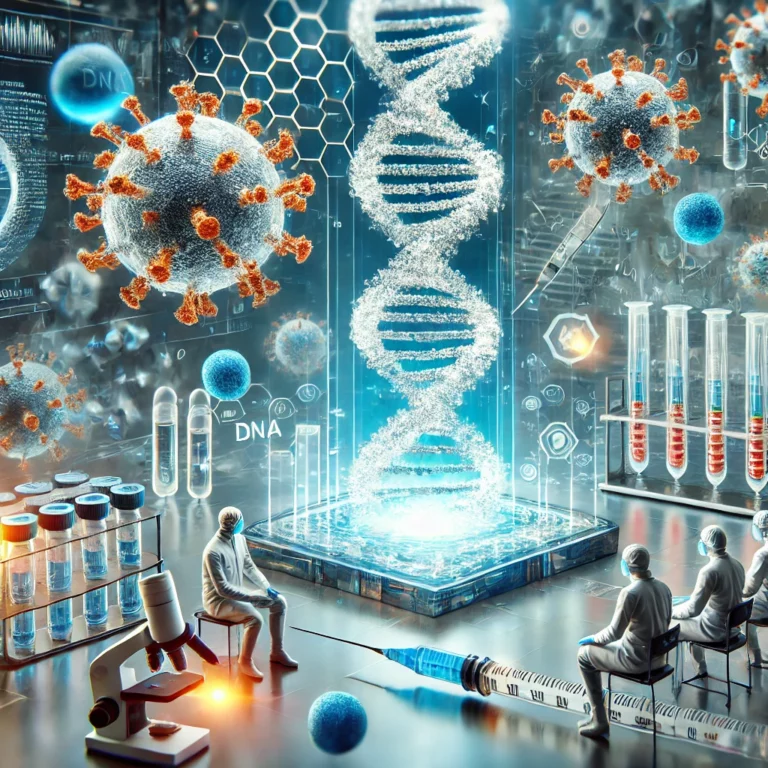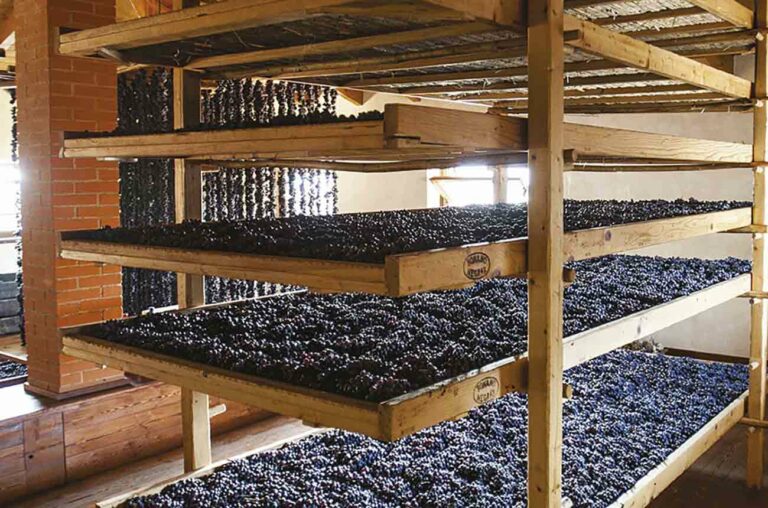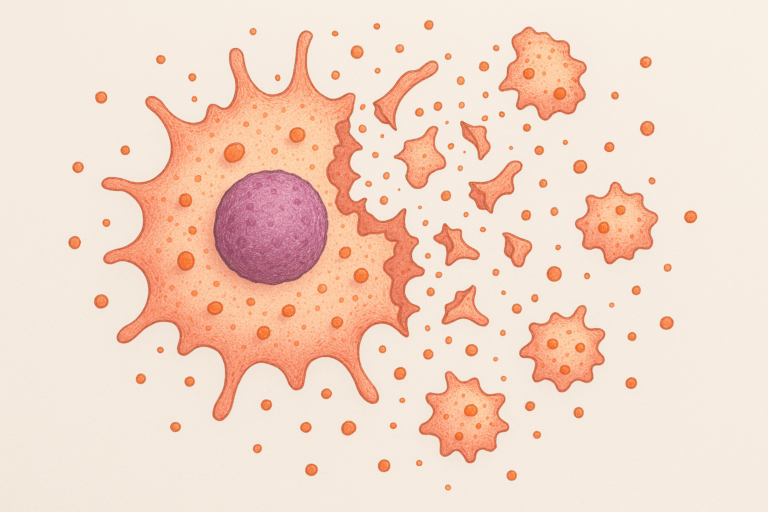Friends, imagine walking in a lush forest where every leaf, insect, and smallest detail contains an ancient secret from millions of years of evolution. Biomimicry is precisely this: the art of observing Nature, stealing its secrets, and transforming them into ingenious solutions to improve our lives. It is not a simple imitation but a process of profound understanding of the mechanisms that regulate the natural world and then applying them to our creations.
You know, man has always been inspired by Nature. Think of Leonardo da Vinci, a universal genius who, observing the flight of birds, dreamed of making man fly too. Or the Korean general Yi Sun-sin, who in the 16th century took inspiration from turtle armor to build his formidable warships, the “Geobukseon,” the first armored ships in history.
Today, biomimicry is a real science with enormous potential in engineering, architecture, medicine, and robotics. And there’s no shortage of news! MIT researchers recently developed a new adhesive inspired by gecko paws, capable of adhering to wet and oily surfaces. Think of the possible applications in the medical field, with plasters that adhere perfectly to the skin even in the presence of sweat or blood, or in the industrial sector, with robots capable of climbing on slippery surfaces.

But what are the principles that guide biomimicry?
First, Nature is an open-air laboratory where every organism, structure, and result results from a long and wise evolution. Second, Nature offers solutions to problems that man has always faced. Finally, biomimicry does not limit itself to copying but reinterprets and adapts natural solutions to human needs in a continuous creative process.
And in an era where sustainability is key, biomimicry offers us valuable insights. Think of termite mounds, true works of natural engineering, which maintain a constant internal temperature thanks to a natural ventilation system. This principle has been applied in the design of buildings such as the Eastgate Center in Harare, Zimbabwe, which minimizes energy use for heating and cooling. Or lotus leaves, which always remain clean thanks to their water-repellent surface. And what about spider silk, a robust and lightweight material? Did you know that a team of researchers from the University of Cambridge is studying spider silk to create new biodegradable materials for the textile industry.
These are just a few examples of how Nature can inspire us to create more efficient, sustainable technologies and solutions. Buildings that “breathe” like termite mounds, self-cleaning surfaces like lotus leaves, innovative materials inspired by spider silk—the possibilities are endless!
But biomimicry doesn’t stop there. Engineers, for example, are inspired by the hydrodynamic shape of fish to design more efficient vehicles, such as the famous Japanese Shinkansen train, the “bullet” that speeds at over 300 km/h, inspired by the kingfisher’s beak. Speaking of speed, the journal Nature recently published a study on how shark skin reduces friction with water, a principle that could be applied to design faster, more fuel-efficient ships and planes.
And what about robots? Biomimicry has a lot to offer in this field, too. Robots that move like insects can explore challenging environments, or robots inspired by snakes’ movement mechanisms can creep into narrow spaces. Thanks to biomimicry, even self-healing materials, such as those inspired by bones, are a reality.
Architecture also draws great inspiration from Nature. Organic shapes, lightweight structures, natural ventilation systems, and buildings that adapt to the environment like living organisms—biomimicry is revolutionizing how we conceive and construct buildings. An example? The project “The GreenPix Zero Energy Media Wall” in Beijing is a green wall that purifies the air inspired by the photosynthesis process of plants.

In short, friends, biomimicry is much more than a simple scientific discipline. It is a new way of looking at the world, learning from Nature, and living in harmony with it. It invites us to rediscover the beauty and wisdom surrounding us and build a more sustainable future in tune with our planet.
Let’s not forget that biomimicry is a continuous process of observation, analysis, experimentation, and adaptation. It is a fascinating journey that allows us to interact with Nature, understand its secrets, and draw inspiration from it for our creations.
Biomimicry is also a bridge between different disciplines, a meeting place between biologists, engineers, architects, chemists, and designers. It proves that collaboration and knowledge sharing are fundamental to meeting the challenges of our time.
Of course, biomimicry also has its limitations. Nature is a complex system, and replicating its mechanisms is difficult. But precisely, this challenge is what makes biomimicry so stimulating and fascinating.
Let’s not forget the importance of biomimicry in education. By taking inspiration from Nature, we can introduce young people to science and technology creatively and engagingly, stimulating their curiosity and ability to observe.
In conclusion, friends, biomimicry offers us a unique opportunity to learn from Nature, collaborate with it, and draw inspiration from its infinite wisdom. It is an invitation to look at the future with new eyes, with the awareness that Nature is our best ally in building a more sustainable and harmonious world.
Biomimetics Quiz
Bibliographic references
- Jatsch, Anne-Sophie, Shoshanah Jacobs, Kirsten Wommer, and Kristina Wanieck. 2023. “Biomimetics for Sustainable Developments—A Literature Overview of Trends.” Biomimetics 8, no. 3: 304. https://doi.org/10.3390/biomimetics8030304.
- Perricone, Valentina, Carlo Santulli, Francesco Rendina, and Carla Langella. 2021. “Organismal Design and Biomimetics: A Problem of Scale.” Biomimetics 6, no. 4: 56. https://doi.org/10.3390/biomimetics6040056.
- Ilieva, L., I. Ursano, L. Traista, B. Hoffmann, and H. Dahy. 2022. “Biomimicry as a Sustainable Design Methodology—Introducing the ‘Biomimicry for Sustainability’ Framework.” Biomimetics 7, no. 37. https://doi.org/10.3390/biomimetics7020037.
- Hwang, J., Y. Jeong, J. P. Park, K. H. Lee, J. W. Hong, and J. Choi. 2015. “Biomimetics: forecasting the future of science, engineering and medicine.” International Journal of Nanomedicine 10: 5701–13. https://doi.org/10.2147/IJN.S83642.
- Stenvinkel, P., J. Painer, R. J. Johnson, and B. Natterson-Horowitz. 2021. “Biomimetics – Nature’s roadmap to insights and solutions for burden of life style diseases.” J Intern Med. https://doi.org/10.1111/joim.13279.
- Vincent, Julian F. V., Olga A. Bogatyreva, Nikolaj R. Bogatyrev, Adrian Bowyer, and Anja-Karina Pahl. 2006. “Biomimetics: Its Practice and Theory.” Journal of the Royal Society Interface 3, no. 9: 471–82. https://doi.org/10.1098/rsif.2006.0127.






